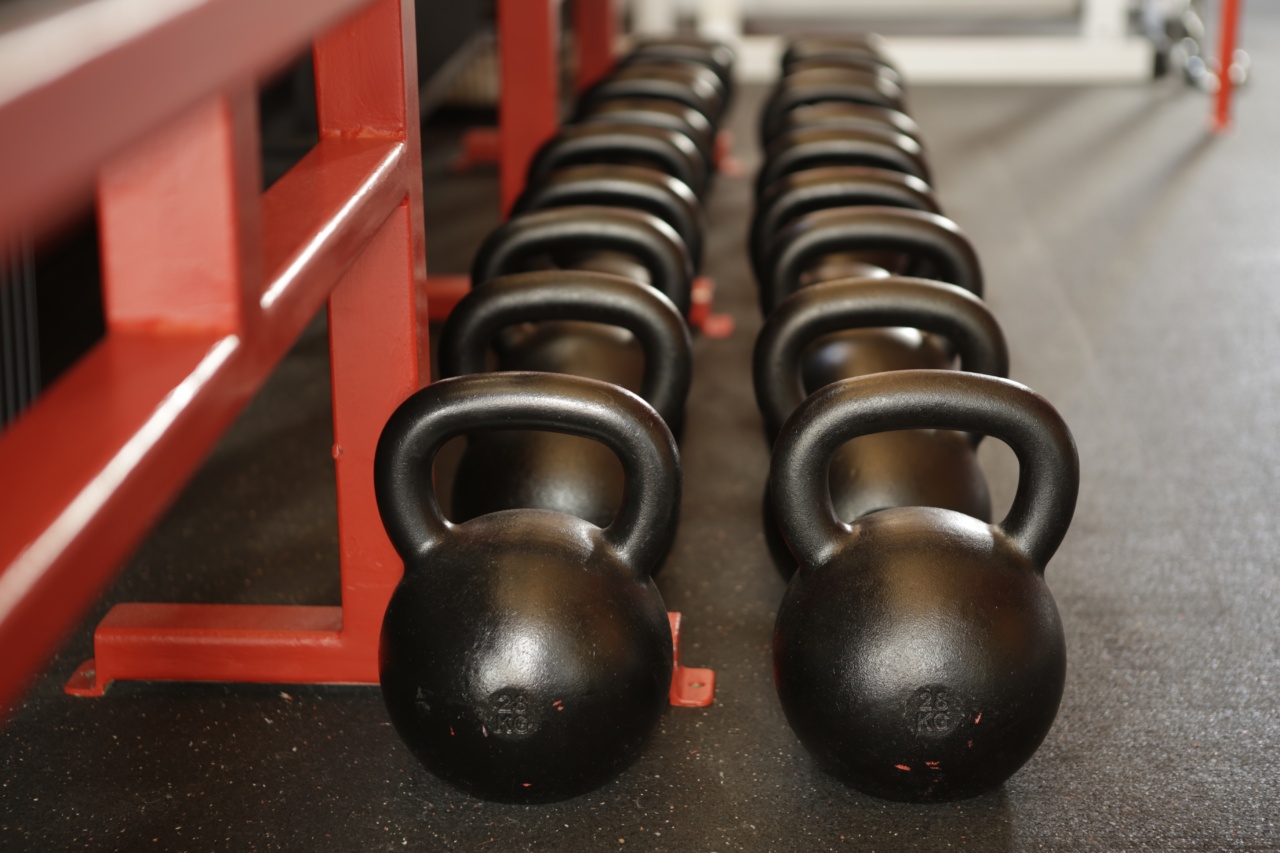Iron is an essential mineral for the human body. It is responsible for the production of hemoglobin, which carries oxygen from the lungs to other organs and tissues, and myoglobin, which helps muscles store oxygen.
Iron is found in a variety of foods, including red meat, poultry, seafood, beans, lentils, tofu, spinach, and fortified cereals and bread.
However, despite the abundance of iron-rich foods, iron deficiency is still a common problem, especially among women and children.
What is Iron Deficiency?
Iron deficiency occurs when there isn’t enough iron in the body to produce hemoglobin or myoglobin. This can lead to a range of health problems, such as anemia, fatigue, weakness, and shortness of breath.
Iron deficiency anemia is the most common form of anemia and affects millions of people worldwide.
What are the Symptoms of Iron Deficiency?
The symptoms of iron deficiency can vary depending on the severity of the deficiency. Mild iron deficiency may not cause any noticeable symptoms, while more severe iron deficiency can cause a range of symptoms, including:.
- Fatigue and weakness
- Shortness of breath
- Dizziness and lightheadedness
- Headaches
- Pale skin
- Brittle nails
- Swollen or sore tongue
Who is at Risk for Iron Deficiency?
Iron deficiency can affect anyone, but there are certain groups of people who are at a higher risk, including:.
- Women who are menstruating, pregnant, or breastfeeding
- Children under the age of five, especially those who are born prematurely or have low birth weight
- Vegetarians and vegans who don’t eat enough iron-rich foods
- People with gastrointestinal disorders, such as inflammatory bowel disease or celiac disease, that can interfere with iron absorption
- People who have undergone weight loss surgery
What are the Health Risks of Iron Deficiency?
Iron deficiency can have a range of negative health consequences. Here are some of the most common:.
Anemia
Anemia is a condition in which there aren’t enough red blood cells in the body, or the red blood cells aren’t functioning properly. Iron deficiency anemia is the most common form of anemia and is caused by a lack of iron in the diet.
Poor Immune Function
Iron is essential for immune function, and iron deficiency can weaken the immune system and make it more difficult for the body to fight off infections.
Cognitive Impairment
Iron deficiency has been linked to cognitive impairment, including poor memory and decreased attention span. This is especially true in children, who need iron for optimal brain development.
Pregnancy Complications
Iron deficiency during pregnancy can increase the risk of preterm birth, low birth weight, and infant mortality. It can also make the mother more prone to infection, fatigue, and depression.
Pregnant women should be monitored closely for iron deficiency and given supplements if necessary.
Heart Disease
Iron deficiency has been linked to an increased risk of heart disease, particularly in women. This may be because iron is needed for the production of myoglobin, which helps the heart muscle function properly.
How is Iron Deficiency Diagnosed?
Iron deficiency is typically diagnosed through a blood test. The most common test is called a complete blood count (CBC), which measures the number of red blood cells, white blood cells, and platelets in the blood.
If the CBC shows a low red blood cell count or low levels of hemoglobin or hematocrit, iron deficiency anemia may be suspected.
Other tests that may be done include:.
- Serum ferritin test: This measures the amount of stored iron in the body.
- Transferrin saturation test: This measures the amount of iron in the blood that is bound to a protein called transferrin.
- Bone marrow biopsy: This is a more invasive test that involves removing a sample of bone marrow to check for iron stores.
How is Iron Deficiency Treated?
The treatment for iron deficiency depends on the cause and severity of the deficiency. Mild iron deficiency can usually be corrected through dietary changes or iron supplements.
Foods that are high in iron include red meat, poultry, seafood, beans, lentils, tofu, spinach, and fortified cereals and bread.
If dietary changes aren’t enough, iron supplements may be recommended. These can be taken in pill form or as an injection.
Iron supplements can have side effects, such as constipation and nausea, so they should only be taken under the guidance of a healthcare provider.
Preventing Iron Deficiency
The best way to prevent iron deficiency is to eat a healthy and varied diet that includes a variety of iron-rich foods.
The amount of iron a person needs varies depending on age, gender, and other factors, so it’s important to talk to a healthcare provider about individual needs.
Vegetarians and vegans may need to take special care to get enough iron, since plant-based sources of iron are less easily absorbed by the body than animal-based sources. Pairing iron-rich foods with vitamin C-rich foods can help improve absorption.
For example, adding citrus fruits to a spinach salad can help the body absorb more iron.
Iron supplements should only be taken under the guidance of a healthcare provider. Iron overdose can be dangerous, especially for children.
Conclusion
Iron deficiency is a common problem that can lead to a range of health issues, including anemia, cognitive impairment, pregnancy complications, and heart disease.
It’s important to be aware of the symptoms of iron deficiency and to get tested if they are present. Treatment may include dietary changes and iron supplements, depending on the severity of the deficiency.


























